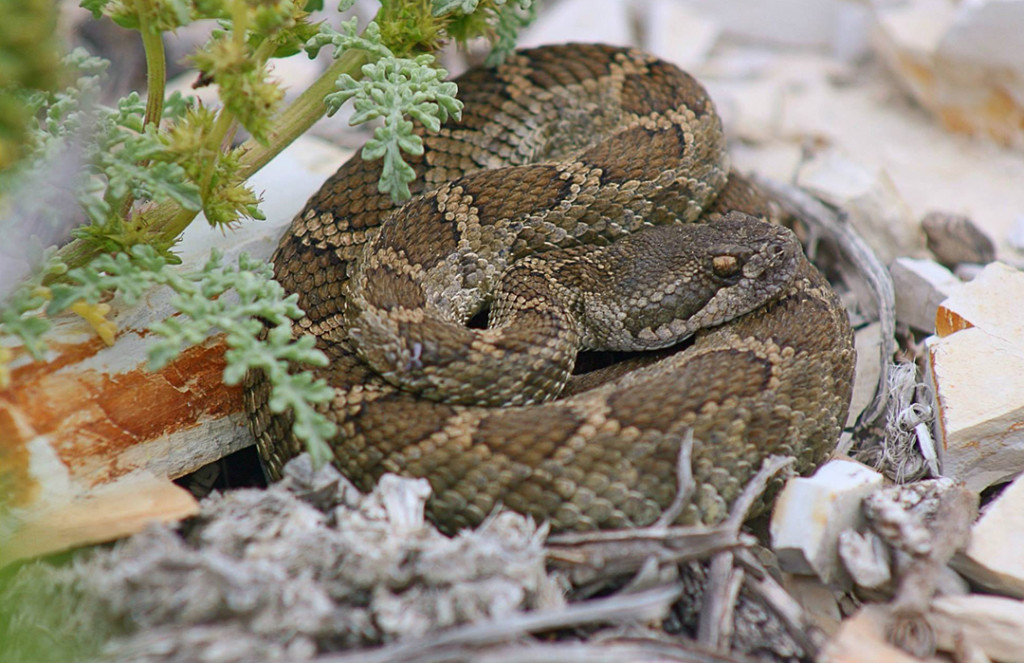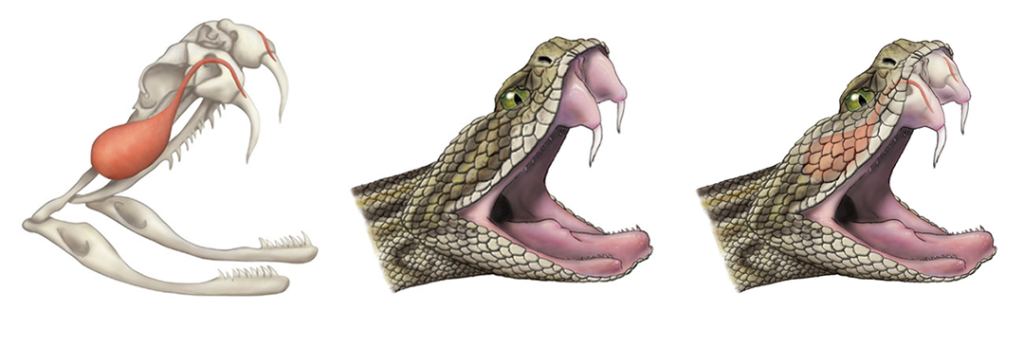As a child I was enthralled with reptiles, mesmerized by the unending stare of a snake and the myriad geometric patterns and colors of turtle and lizard scales. I would spend hours trekking through nearby fields and streams in search of all things slimy and scaly- a habit I never grew out of. Growing up in the Midwest, species of the western US up until now were encountered only as pictures in books and childhood daydreams. After relocating to the west coast, much of my free-time is spent in the field attempting to catch a glimpse of the native reptile and amphibian species of central California. More recently, I have become interested in identifying and untangling the seemingly unfathomable number of bird species found here on the Central Coast. As I encounter local species of reptiles, amphibians and birds I will be posting pictures of these animal encounters along with interesting natural history facts about each specimen. There is so much beauty within the world to be discovered and appreciated; why not start in one’s own backyard.
Okay, I promise this is the final bit about rattlesnakes, we will soon move on! Until then, however, let me share this specimen with you: This little guy was found at Montana de Oro and exemplifies the color and pattern variability of this species. Get a load of those striking gold eyes!
Let’s examine the venom of rattlesnakes and how it is delivered! Rattlesnakes (and other vipers) have a unique type and pattern of teeth, known as a SOLENOGLYPH pattern which includes the following characteristics: The front fangs are very long – so long that, when the snake’s mouth is shut, the fangs fold flat in order to fit inside. They are also hollow, which allows venom to flow through them. They are, essentially, like two large needles attached to the front of the snake’s jaw. When the snake strikes, its mouth opens very wide and very fast; the folded fangs are sprung outwards into a position that allows for deep penetration into the tissue of the prey item.
So what exactly is venom? Well, in the case of vipers (which includes rattlesnakes), their venom is actually a highly modified saliva that contains many strong protein chemicals known as ENZYMES that have a variety of actions. All animals contain enzymes in their saliva; however, the enzymes in viper venom are very, very strong. These enzymes, further divided into HEMOTOXINS (Hemo = blood) and CYTOTOXINS (Cyto = cells) are so strong that they can actually digest and dissolve blood and tissues, such as organs, muscles, and skin! This means that an animal (or person) who is unfortunate enough to get bitten by a rattlesnake will experience severe tissue destruction as far as the venom can reach. In humans, the bites of rattlesnakes are rarely fatal. They are, however, excruciatingly painful and, because the venom destroys tissue, some people who are victims of a rattlesnake bite and do not receive treatment quick enough may lose function of the bitten area – or worse. Severe bites can result in permanent disfiguration or amputation of limbs!



